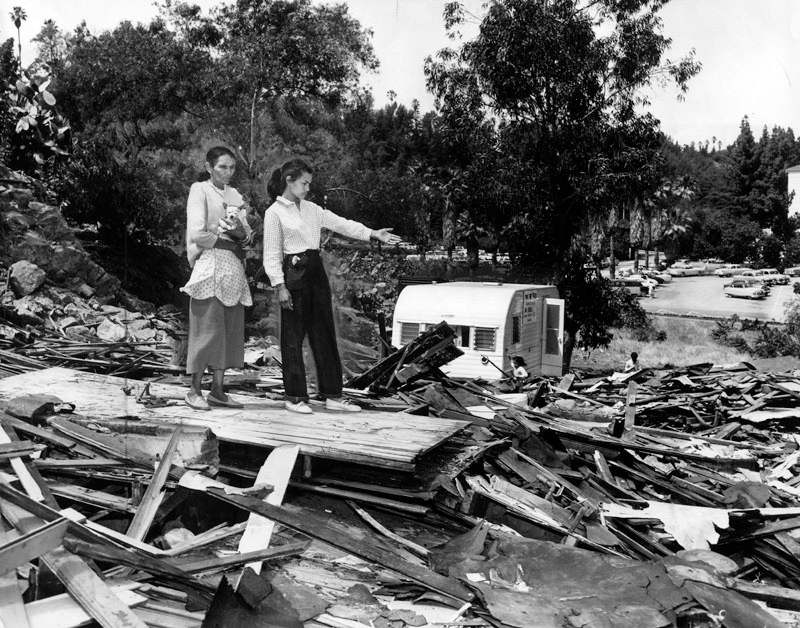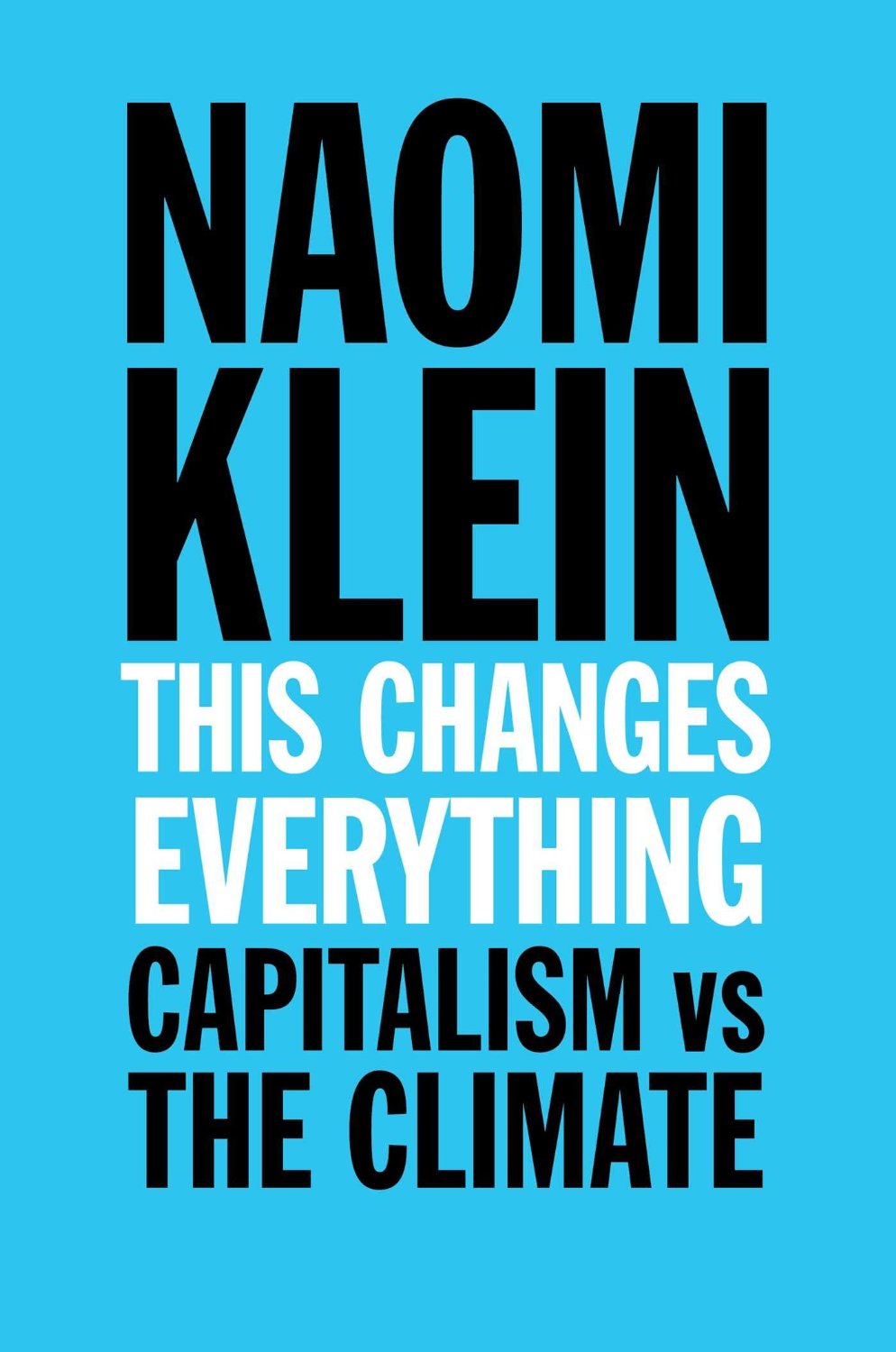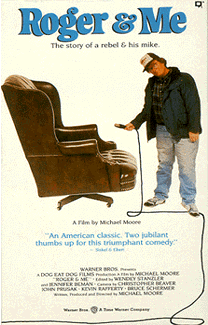Film and website. Produced by Mary Becker and Renée Bergan. Written and narrated by Edwidge Danticat. 2009. 50 minutes.
Documentary about Haiti and global economics told through the lives of five women.
Continue reading
Teaching Guide (with DVD). By Jan Haaken, Ariel Ladum, et al. 2005.
Interactive lessons on the 1990s civil war in Sierra Leone and broader issues such as cross-cultural awareness, the global trade in diamonds and guns, and the effects of war on women.
Continue reading
Teaching Activity. By Linda Christensen. Rethinking Schools. 9 pages.
Teaching about patterns of displacement and wealth inequality through the history of Palo Verde, La Loma, and Bishop communities and the building of Dodger Stadium.
Continue reading
Book — Non-fiction. By Alfred Blumrosen and Ruth Blumrosen. 2006. 304 pages.
A detailed account of the role slavery played in the Revolutionary War and the writing of the U.S. Constitution.
Continue reading
Teaching Guide. By Rick Ayers. 2001. 208 pages.
Discussion questions and teaching ideas for Terkel's classic 1974 text.
Continue reading
Book — Non-fiction. By Anne Farrow, Joel Lang and Jenifer Frank. 2005. 304 pages.
Challenges the misconception that only the South was involved in or profited from slavery.
Continue reading
Book — Non-fiction. By Ellen Miller-Mack, Craig Gilmore, Lois Ahrens, Susan Willmarth, and Kevin Pyle. 2008. 104 pages.
This comic book presents the human stories behind the statistics.
Continue reading
Film. By Mark Achbar, Jennifer Abbott, and Joel Bakan. 2004. 145 minutes.
This award-winning documentary examines the nature, evolution, impacts, and future of the modern business corporation and the increasing role it plays in society and our everyday lives.
Continue reading
Poster and book. By Stephen J. Rose. 2007; updated 2015. 56 pages.
Visual representation of the distribution of wealth in the United States.
Continue reading
Book — Non-fiction. By Naomi Klein. 2008. 720 pages.
Klein demonstrates how shock has been used by global elites to push through a radical agenda of privatization and "free trade."
Continue reading
Book — Non-fiction. By Sarah Anderson, John Cavanagh, and Thea Lee. 2005. 160 pages.
The economics of globalization in easy to read charts.
Continue reading
Book — Non-fiction. By Jonathan Teller-Elsberg, James Heintz and Nancy Folbre. 2006. 256 pages.
Easy to read graphs make complex economic data accessible to all ages.
Continue reading
Book — Non-fiction. By Howard Zinn. 2005, with a new introduction by Anthony Arnove in 2015. 784 pages.
Howard Zinn's groundbreaking work on U.S. history. This book details lives and facts rarely included in textbooks—an indispensable teacher and student resource.
Continue reading
Film. Directed by Icíar Bollaín and written by Paul Laverty. 2010. 103 minutes.
As a crew shoots a film about Columbus' genocide, local people in Cochabamba, Bolivia rise up against plans to privatize the water supply.
Continue reading
Book — Non-fiction. By Naomi Klein. 2015. 576 pages.
Naomi Klein tackles the war our economic model is waging against life on earth.
Continue reading
Teaching Activity. By Katharine Johnson. Rethinking Schools. 10 pages.
An elementary school teacher introduces the history of redlining through a role play designed for 1st and 2nd graders.
Continue reading
Teaching Activity. By Adam Renner, Bridget Brew, and Crystal Proctor. Rethinking Schools. 5 pages.
An article describing how math teachers in a San Francisco high school shed light on the ways economics and racism affect education, housing, and job opportunities.
Continue reading
Teaching Activity. By Adam Sanchez. Rethinking Schools. 14 pages.
A role play investigating the economic consequences of the U.S. occupation of Iraq.
Continue reading
Film. Directed Steven John Ross and written by Candace O'Connor. 1999. 56 minutes.
Archival footage, photographs, and first-hand accounts of sharecroppers — Black and white — organizing in Missouri.
Continue reading
Teaching Activity. By Bill Bigelow and Norm Diamond. 14 pages.
In this role play activity, students assume the roles of union members and attempt to figure out how to respond to a threatened plant closure.
Continue reading
Teaching Activity. By Bill Bigelow and Norm Diamond. 8 pages.
In this playful activity, students utilize the principles of “scientific management” to restructure a burger joint—one that has been run a good deal more democratically and imaginatively.
Continue reading
Teaching Activity. By Bill Bigelow and Norm Diamond.
This lesson uses Charlie Chaplin’s hilarious classic film, Modern Times, to help students think about the impact of “scientific management” on the workplace.
Continue reading
Teaching Activity. By Bill Bigelow and Norm Diamond. 8 pages.
Lesson engages students in a lively simulation that helps them experience some of the pressures that lead workers to organize.
Continue reading
Film. Directed by Michael Moore. 1989. 91 minutes.
Documentary chronicling the efforts of the world's largest corporation, General Motors, as it turns its hometown of Flint, Michigan, into a ghost town.
Continue reading

























